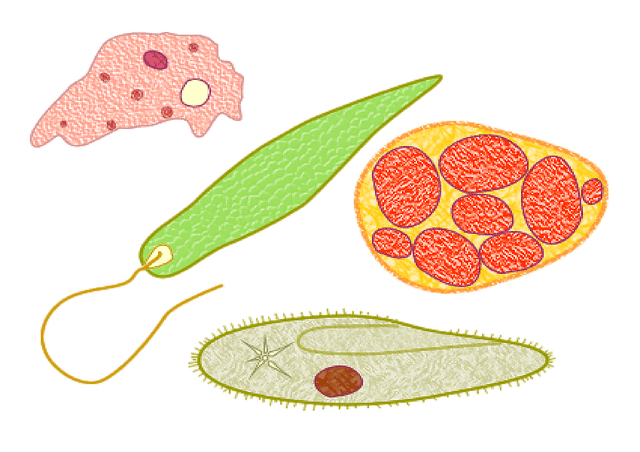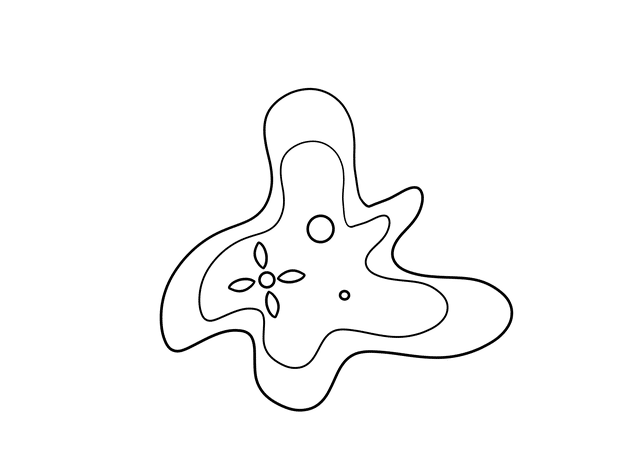
The kingdom Protista is formed with organisms that have eukaryotic cells.
Protista is an adjective that is used in the field of biology to refer to living beings that have cells belonging to the eukaryotic group. When Protista is written with a capital letter, the concept refers to the kingdom that these beings form.
It is important to know that its etymological origin is found in the Greek prótista , which can be translated as "the most primitive", and that it is the result of the sum of two components: prótos , which is equivalent to "first" or "previous", and the suffix -istos , which is used to indicate superlative.
Specifically, this term was coined in the second half of the 19th century , more precisely in 1866 , by the German biologist Erns Heinrich August Haeckel . He created it to, through it, identify or name all the unicellular, and sometimes multicellular, organisms that could not be admitted within either the plant or animal kingdom and which he considered to be the first to have appeared on Earth.
Characteristics of the kingdom Protista
The kingdom Protista , therefore, includes eukaryotic-type organisms that, due to their characteristics, cannot be included in the rest of the kingdoms of this class (they are not animals, plants or fungi).
Although most protists are unicellular, there are also multicellular protists. Most protists, on the other hand, have pseudopods , cilia and flagella that allow them to have their own mobility.
It must be taken into account that, throughout history , the classification of the kingdom Protista has been changing, according to technological advances and discoveries made from the most developed microscopes. That is why organisms appear that were previously classified as protists and now are not, and vice versa.

Protist organisms are not fungi, plants or animals.
Similarities with animals and plants
Protists, on the other hand, can have behaviors that resemble the behaviors of certain animals or even plants, something that makes their classification even more difficult.
There are heterotrophic protists (that feed on organic matter synthesized by other organisms), autotrophs (they obtain energy from photosynthesis) and mixed (they combine both systems). There are even protists that reproduce asexually and others that obey sexual reproduction.
Heterotrophic and autotrophic protists
Heterotrophs are also identified because they live in aquatic environments, as a general rule they are free-living, unicellular and microscopic. Its reproduction system is usually asexual and is called binary fission .
Autotrophs, as would be the case with algae, have cells very similar to what plants are, they are usually single-celled, they live in aquatic environments or with significant levels of humidity, they can be used in a wide variety of applications and They can be classified into different groups according to different criteria such as, for example, pigment.
In the specific case of algae, we can establish that based on this criterion there are three large groups: brown, green and red.
Currently, protists are usually divided into chromists (organisms that carry out photosynthesis and have mitochondria), protozoa (they have mitochondria and do not develop photosynthesis) and archaezoa (they lack mitochondria).
